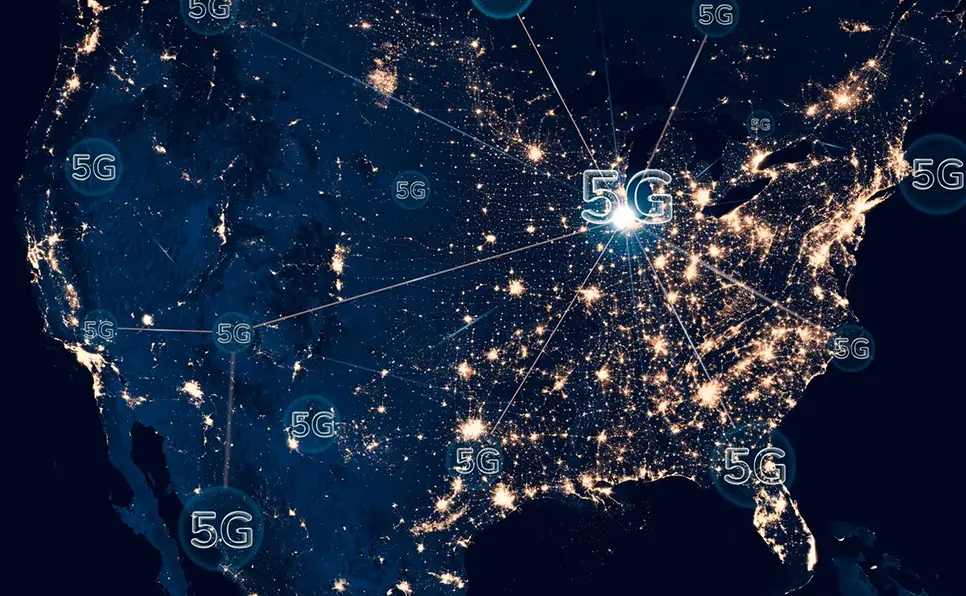The Importance of Cybersecurity
The Importance of Cybersecurity in Today’s Digital World In an increasingly connected world, the Importance of Cybersecurity cannot be overstated. As we continue to integrate technology into every facet of our personal and professional lives, we are also exposing ourselves to a wide array of cyber threats. From data breaches to ransomware attacks, the risks are ever-growing. Yet, in this digital age, cybersecurity is our first line of defense, ensuring that our data, assets, and identities remain secure. What is Cybersecurity? At its core, cybersecurity refers to the body of technologies, processes, and practices that are designed to protect networks, computer systems, and data from unauthorized access, attacks, and damage. Its role is to safeguard everything from individual devices to entire organizational infrastructures. By employing a combination of preventive measures, cybersecurity aims to ensure confidentiality, integrity, and availability of critical data. Why is Cybersecurity Important for Individuals? With the increasing use of online services, individuals are more vulnerable to cybercrime than ever before. Cybercriminals are constantly finding new ways to steal personal information, often with devastating consequences. Identity theft, financial fraud, and privacy violations are just a few of the many issues individuals face when cybersecurity is not prioritized. As personal data becomes more digitized and shared across various platforms, the importance of cybersecurity grows. Without proper protections, hackers can access sensitive data stored on personal devices or in the cloud. The impact on individuals can be severe, leading to financial losses, a damaged reputation, and even emotional distress. The Rising Threat of Cybercrime One of the primary reasons cybersecurity is so crucial today is the alarming rise in cybercrime. Cybercrime is now a global problem, with criminals leveraging increasingly sophisticated tools and techniques to exploit vulnerabilities in systems. According to recent statistics, there are over 4,000 cyberattacks every day. The frequency and intensity of these attacks have made it clear: cybersecurity is not a luxury but a necessity. Cybercrime is cheap, fast, and highly profitable, which is why it continues to be a major concern for both individuals and organizations. The Impact of Cybercrime on Businesses The consequences of cybercrime can be catastrophic for businesses, especially those that handle sensitive customer data. The financial impact can be immense, with companies losing millions of dollars due to cyberattacks. However, the damage goes beyond financial losses. A cyberattack can significantly harm a company’s reputation, leading to a loss of customer trust and loyalty. Moreover, businesses are often targeted because of the valuable data they store. Cybercriminals may sell this data or use it for malicious purposes, further compromising the organization’s operations. Additionally, businesses face the risk of legal penalties and fines for failing to protect their clients’ data, making cybersecurity a key component of regulatory compliance. Cybersecurity Builds Trust with Customers and Employees A strong cybersecurity framework fosters trust—both with customers and employees. In today’s world, people are highly concerned about the privacy of their personal information. When organizations fail to properly safeguard data, customers begin to lose confidence in the brand. This lack of trust can result in a decline in customer loyalty and lost business opportunities. For employees, the importance of cybersecurity is just as significant. A breach can expose sensitive internal communications, employee information, and financial data, potentially leading to serious repercussions. By implementing effective cybersecurity measures, organizations can demonstrate their commitment to protecting the data and privacy of everyone involved. Cybersecurity for Businesses: Protecting the Core of Your Operations In the digital age, cybersecurity is the backbone of every successful organization. Businesses rely heavily on technology for their operations, from communication tools to data storage and client transactions. A breach can halt operations, disrupt services, and create chaos. For businesses, the financial implications of a cybersecurity breach are evident—costs associated with legal fees, recovery, and damage control can skyrocket. Yet, the non-financial consequences are just as damaging. Loss of intellectual property, unauthorized access to trade secrets, and exposure of customer data can lead to irreparable harm. Types of Cybersecurity Measures Cybersecurity encompasses a wide range of measures, each aimed at addressing different aspects of protection: 1. Application Security: This involves securing applications against threats during their development, ensuring they are safe from attacks during deployment and use. 2. Information Security: This refers to safeguarding data from unauthorized access and ensuring that sensitive information remains confidential. 3. Network Security: Network security protects the internal systems of an organization, using tools like firewalls, VPNs, and antivirus software to defend against cyber threats. 4. Disaster Recovery: This is the process of ensuring that organizations can recover from cyber incidents or IT disasters, minimizing downtime and ensuring business continuity. 5. Website Security: Website security focuses on protecting websites from vulnerabilities and data breaches, which can result in significant financial and reputational damage. Why Every Organization Needs Robust Cybersecurity Organizations of all sizes are at risk of cyberattacks, regardless of their industry or market share. As organizations grow, their networks and systems become more complex, creating opportunities for cybercriminals to exploit. Furthermore, employees are often the weakest link in the cybersecurity chain. Human error, such as falling for phishing schemes or neglecting to update software, can lead to security vulnerabilities. That’s why it’s essential for organizations to adopt a comprehensive cybersecurity strategy. Regular audits, employee training, secure coding practices, and multi-layered security approaches are all part of ensuring that the organization is protected against evolving threats. Conclusion In today’s interconnected world, cybersecurity is not just a technical requirement—it’s a fundamental aspect of maintaining trust, integrity, and safety. Whether you’re an individual, a small business, or a large corporation, safeguarding your data from cyber threats is critical. As cybercrime continues to rise, the importance of cybersecurity has never been more apparent. By investing in cybersecurity measures and adopting a proactive approach, we can reduce the risks and ensure a secure digital future. FAQs What is the primary purpose of cybersecurity? Cybersecurity’s primary purpose is to protect networks, systems, and data from cyberattacks, unauthorized access, and damage. It ensures that personal and business
The Importance of Cybersecurity Read More »










